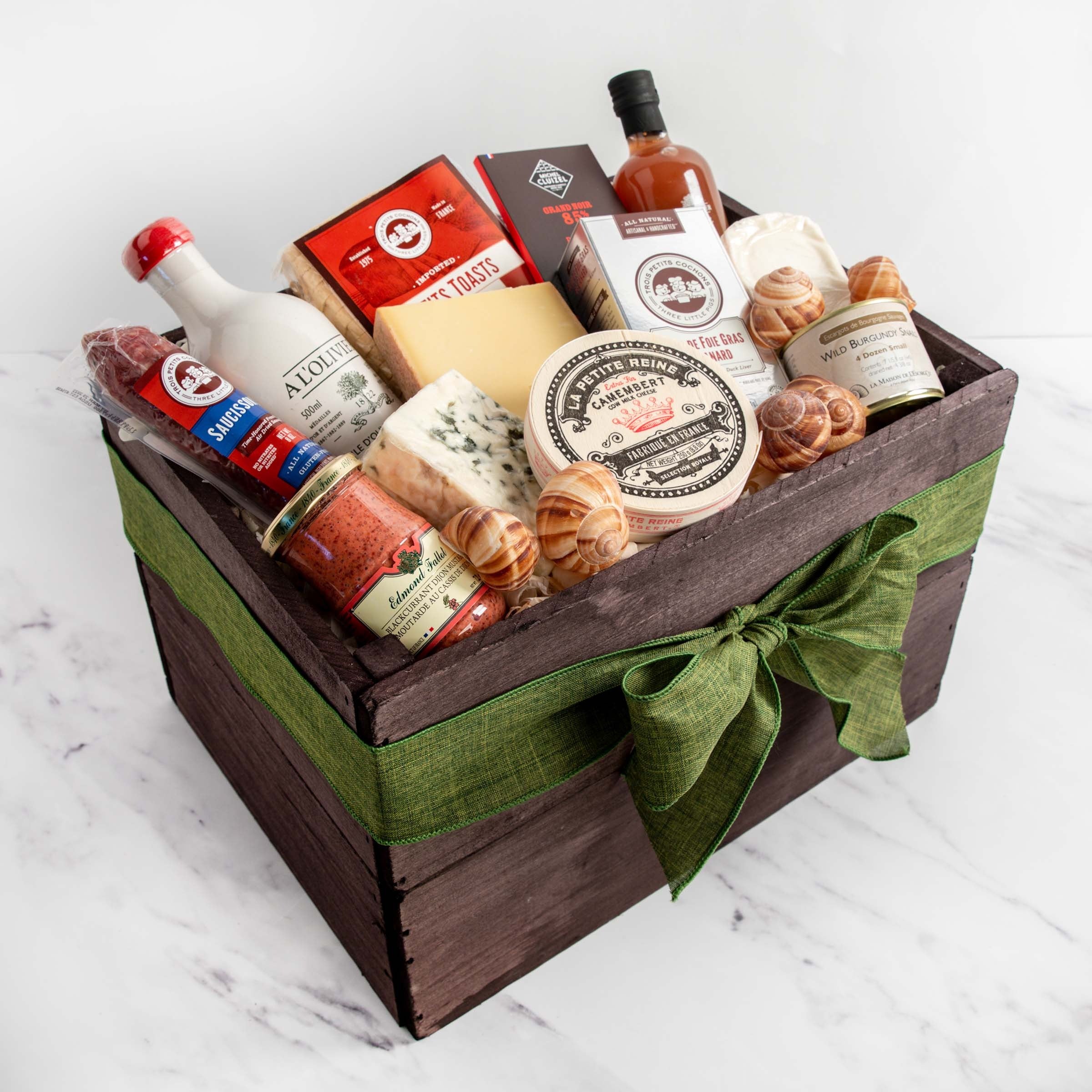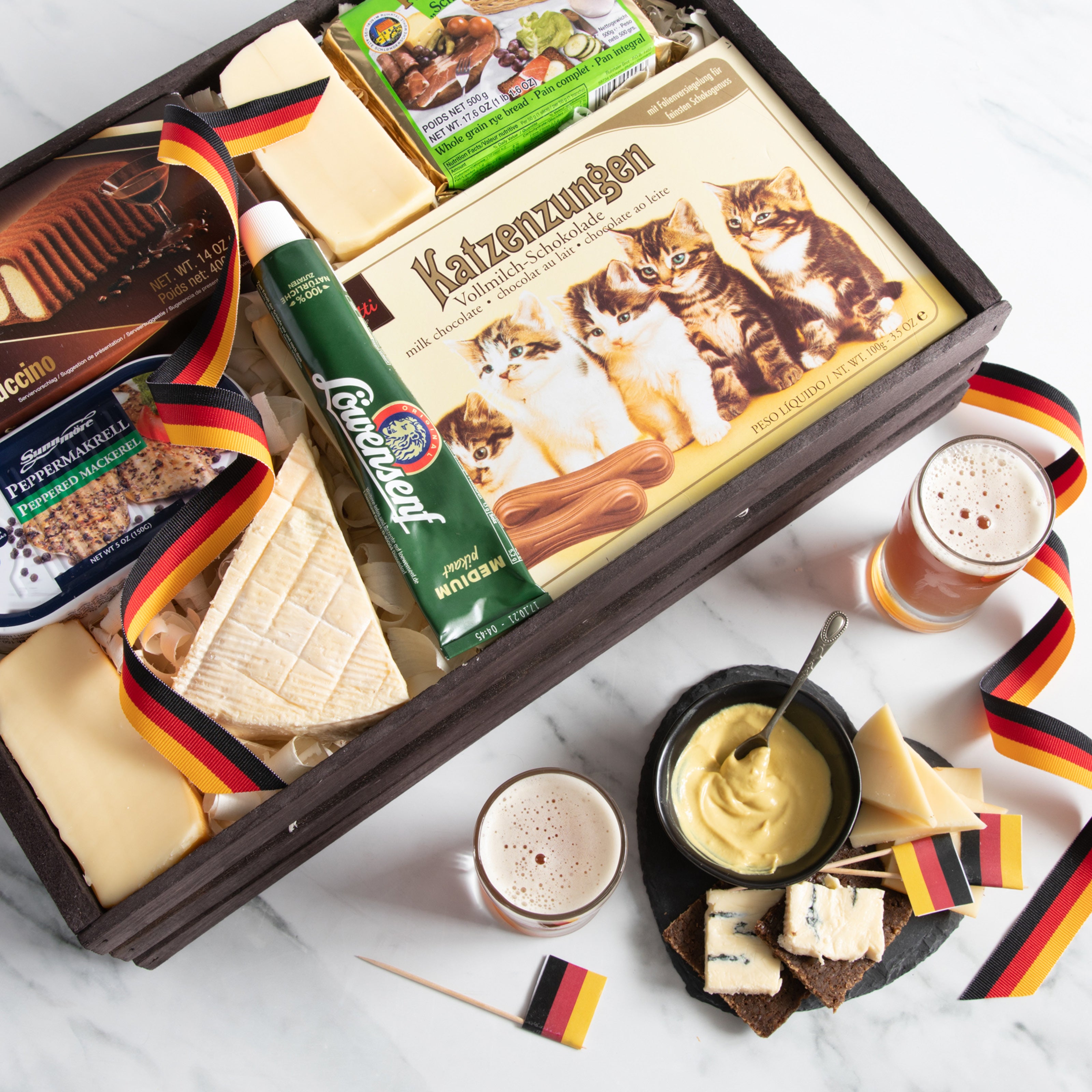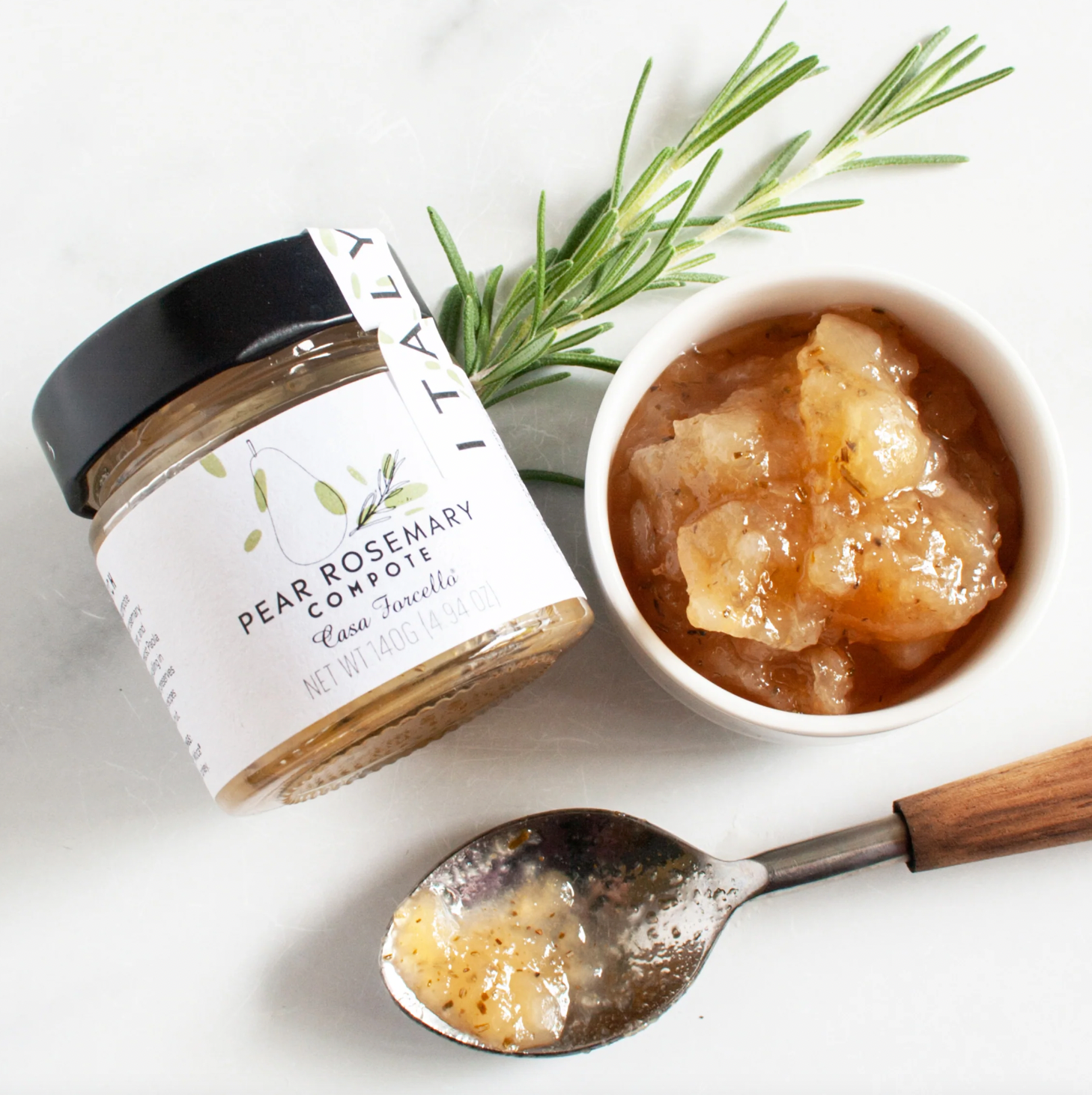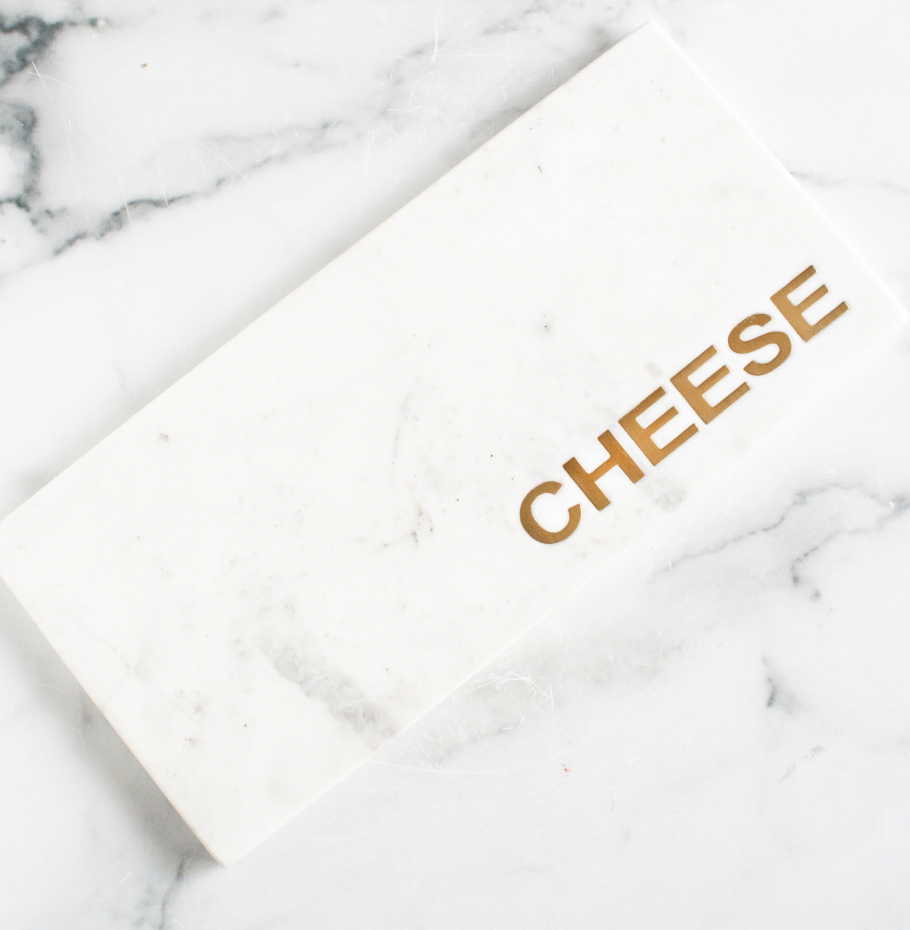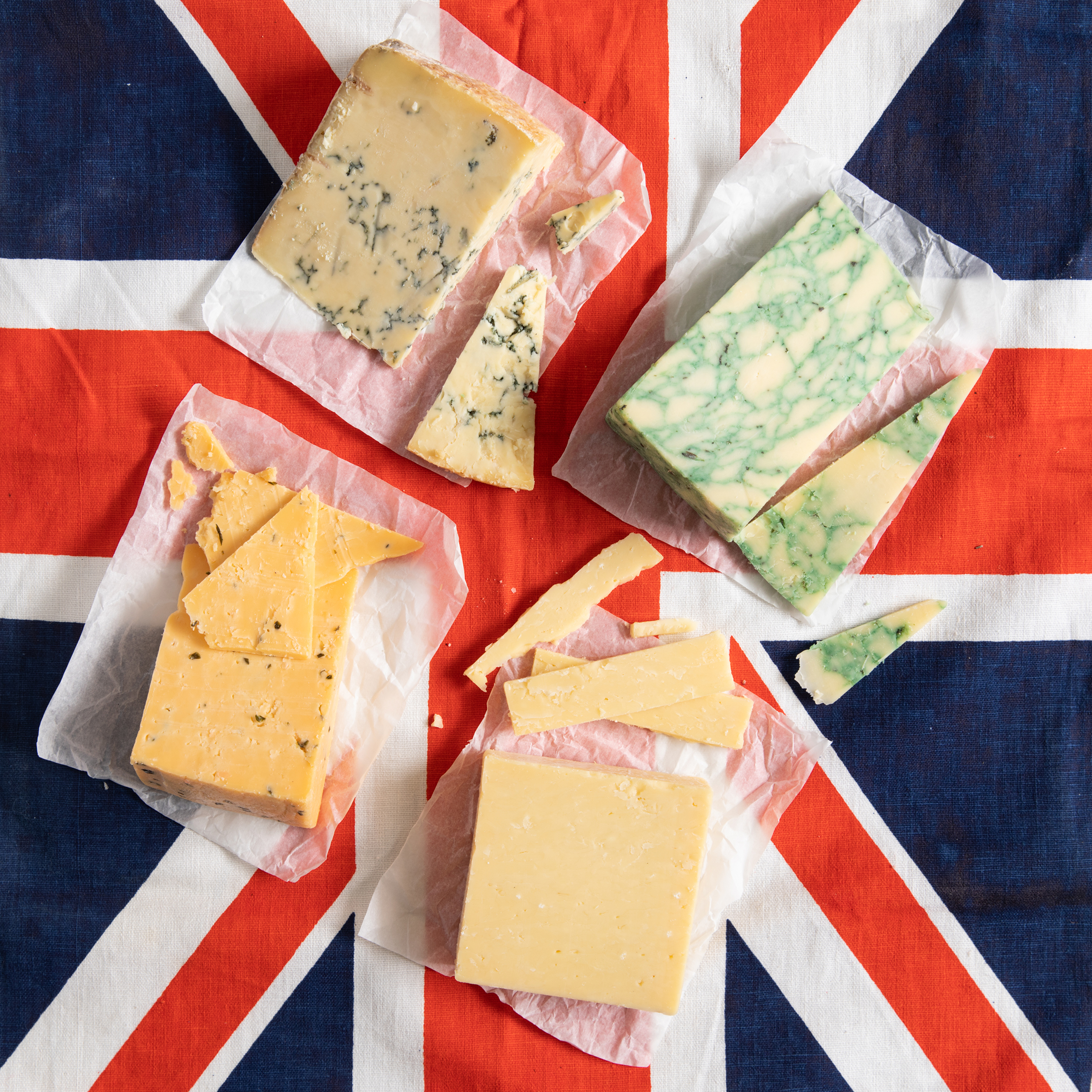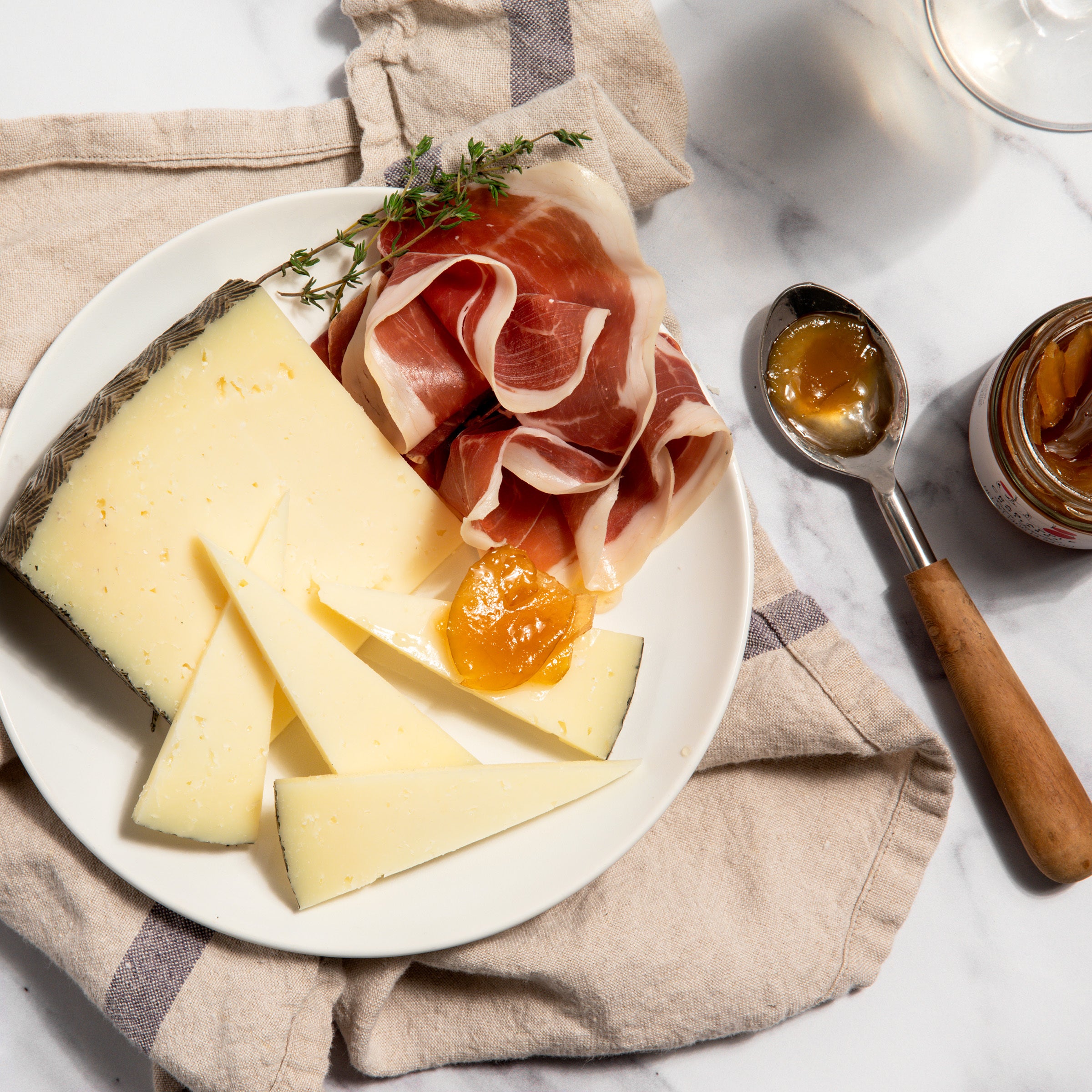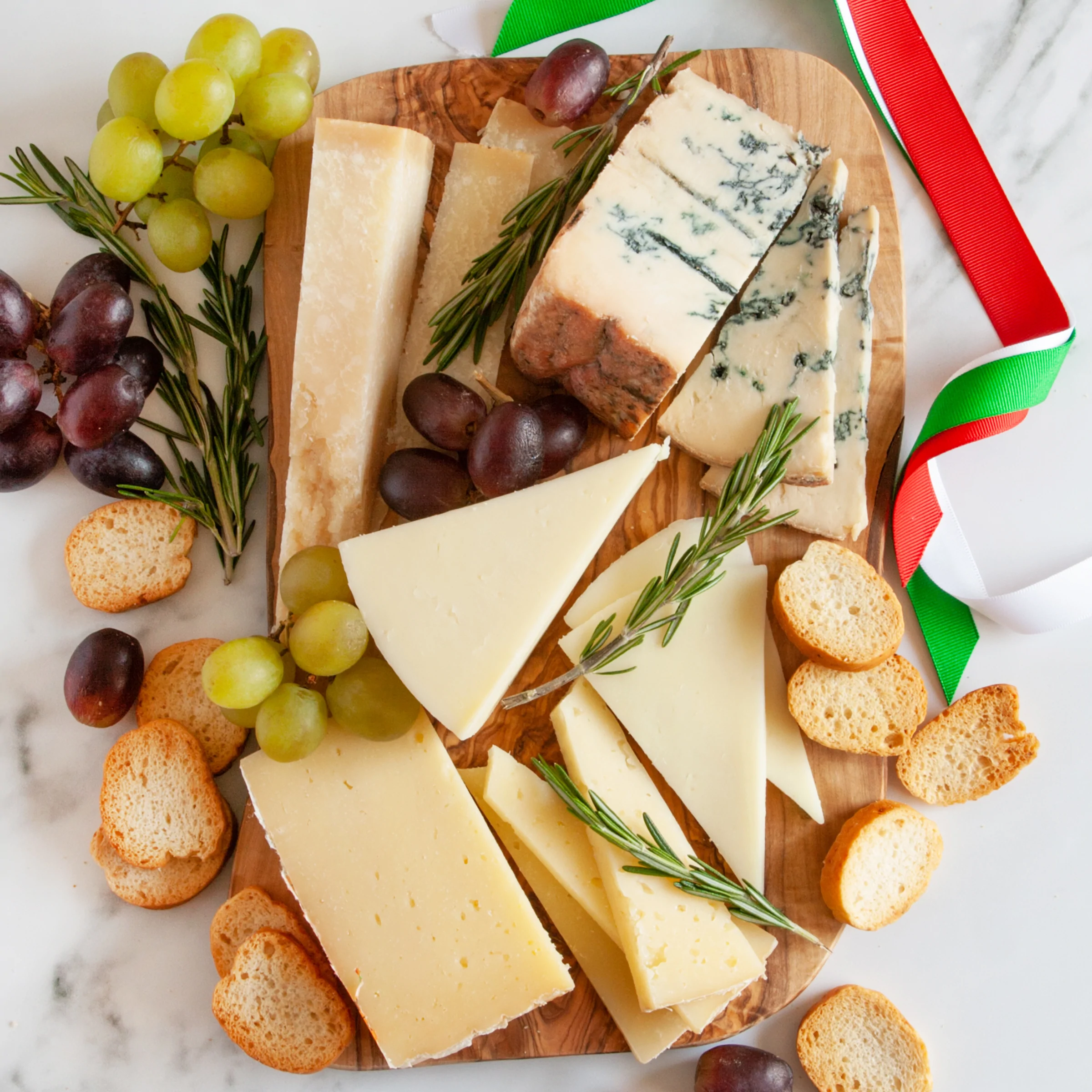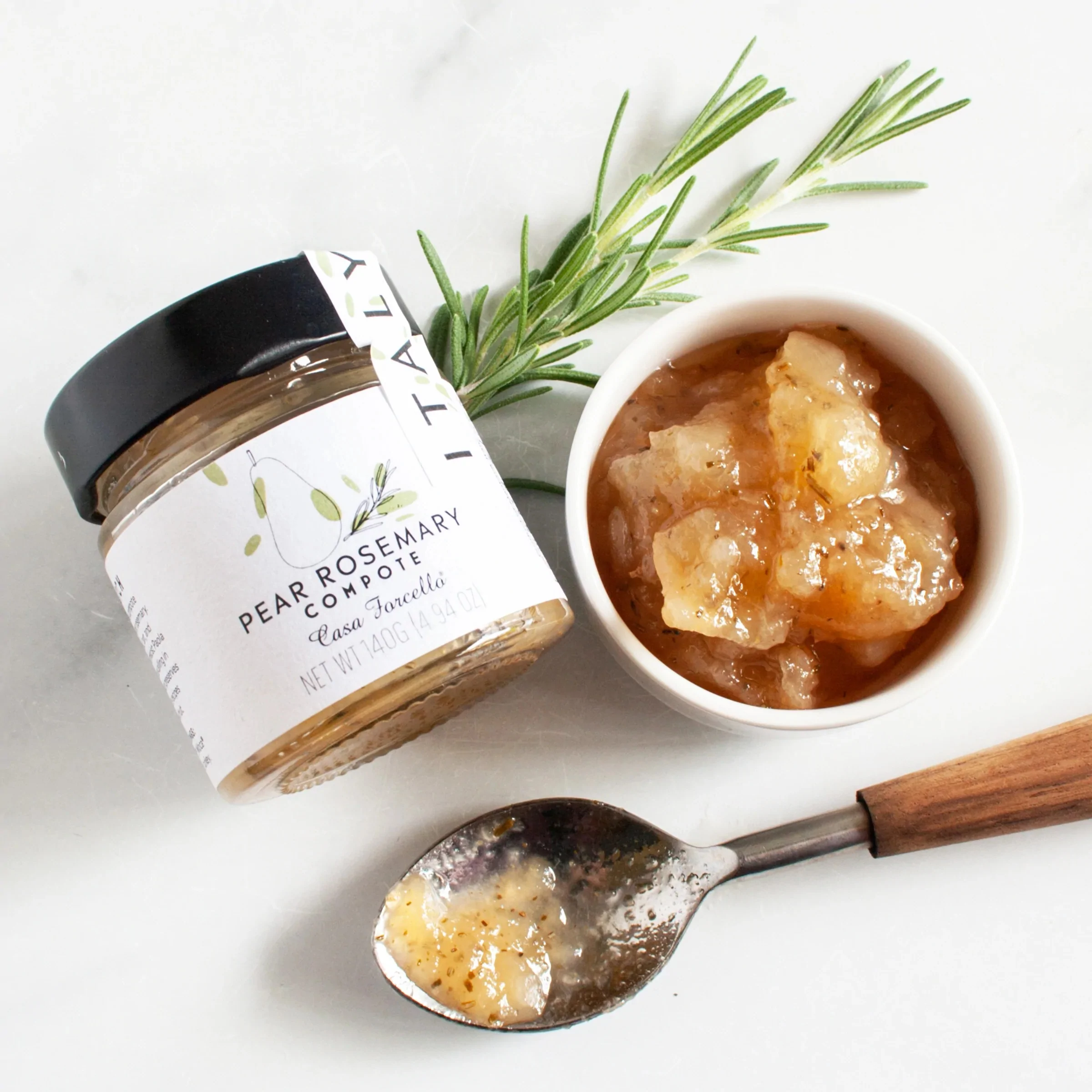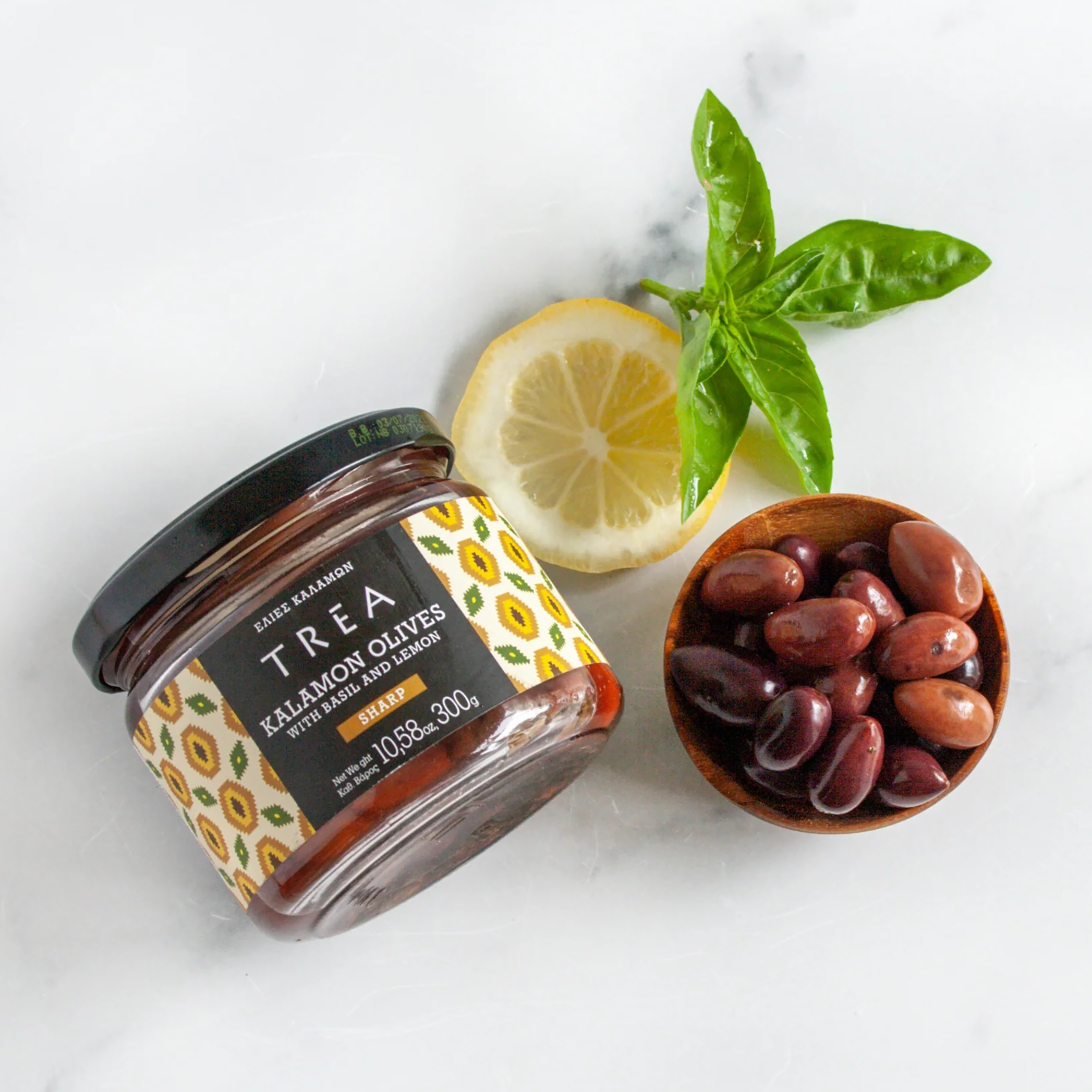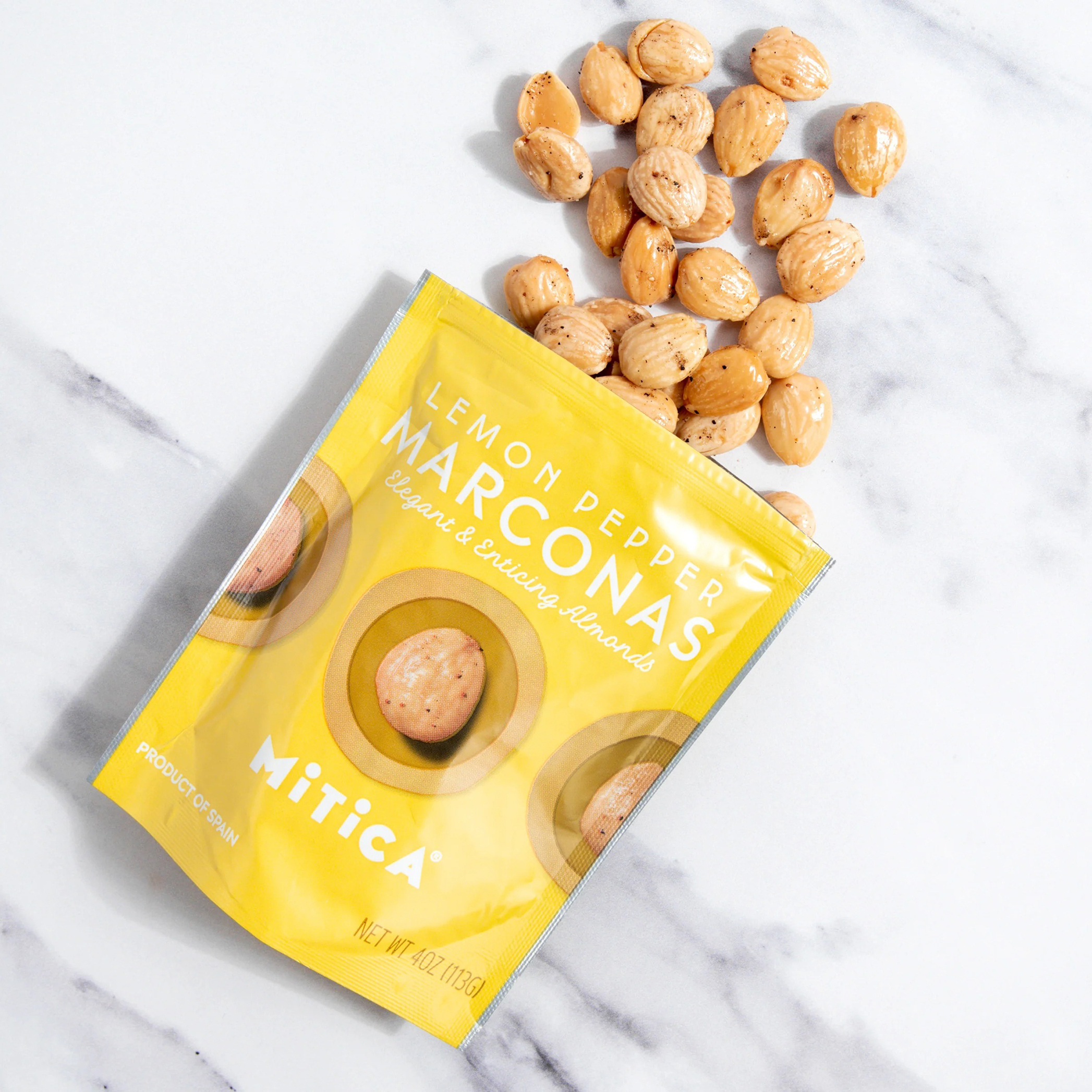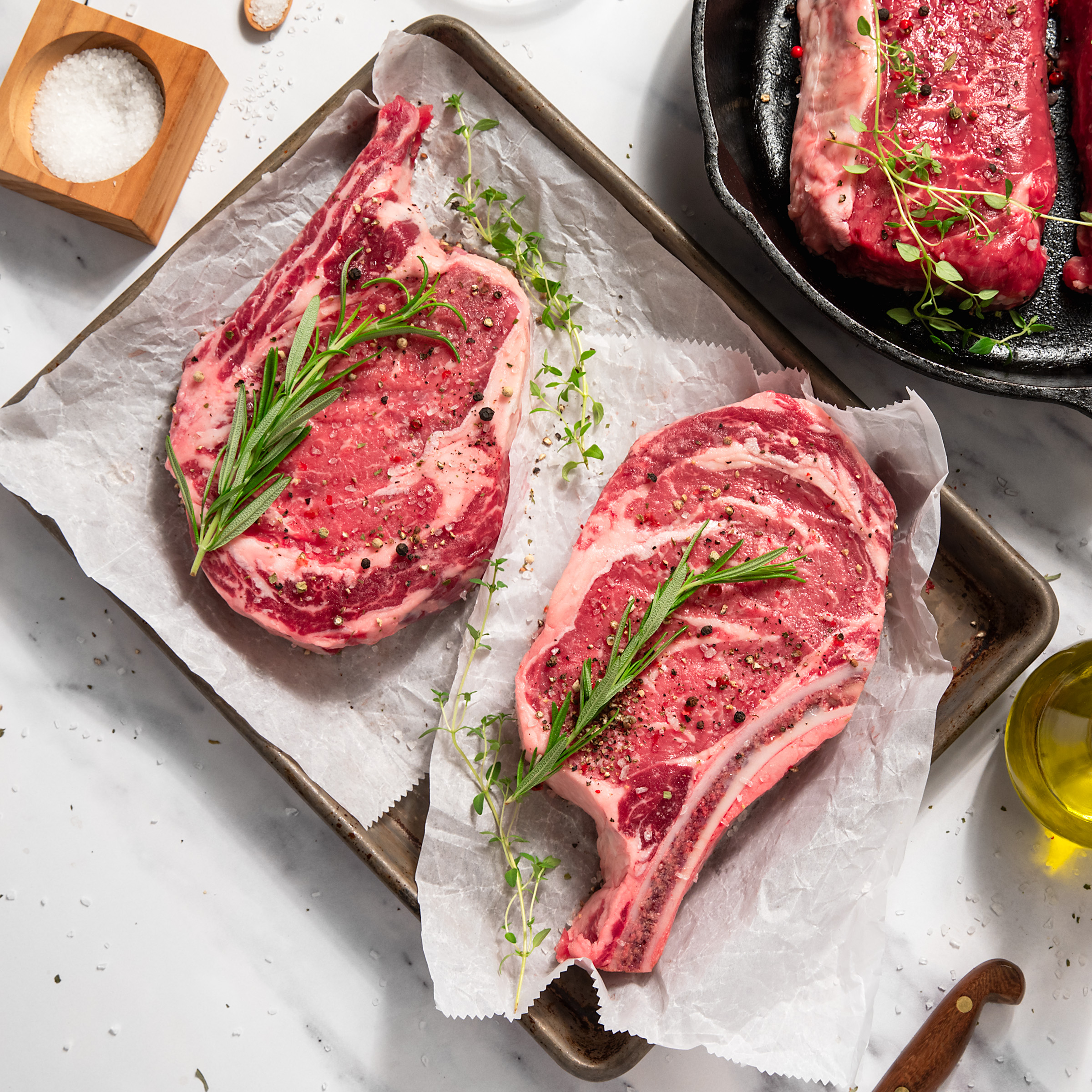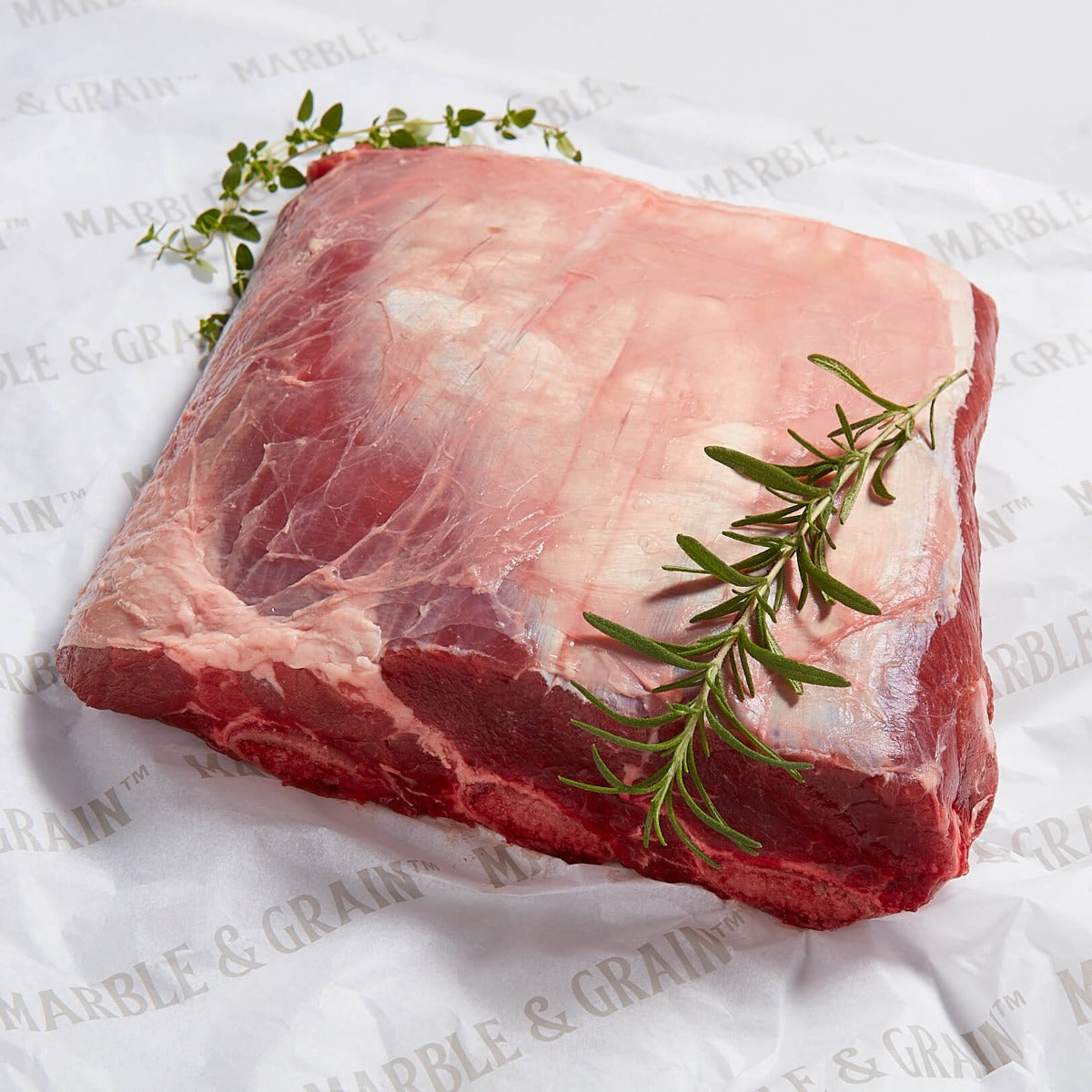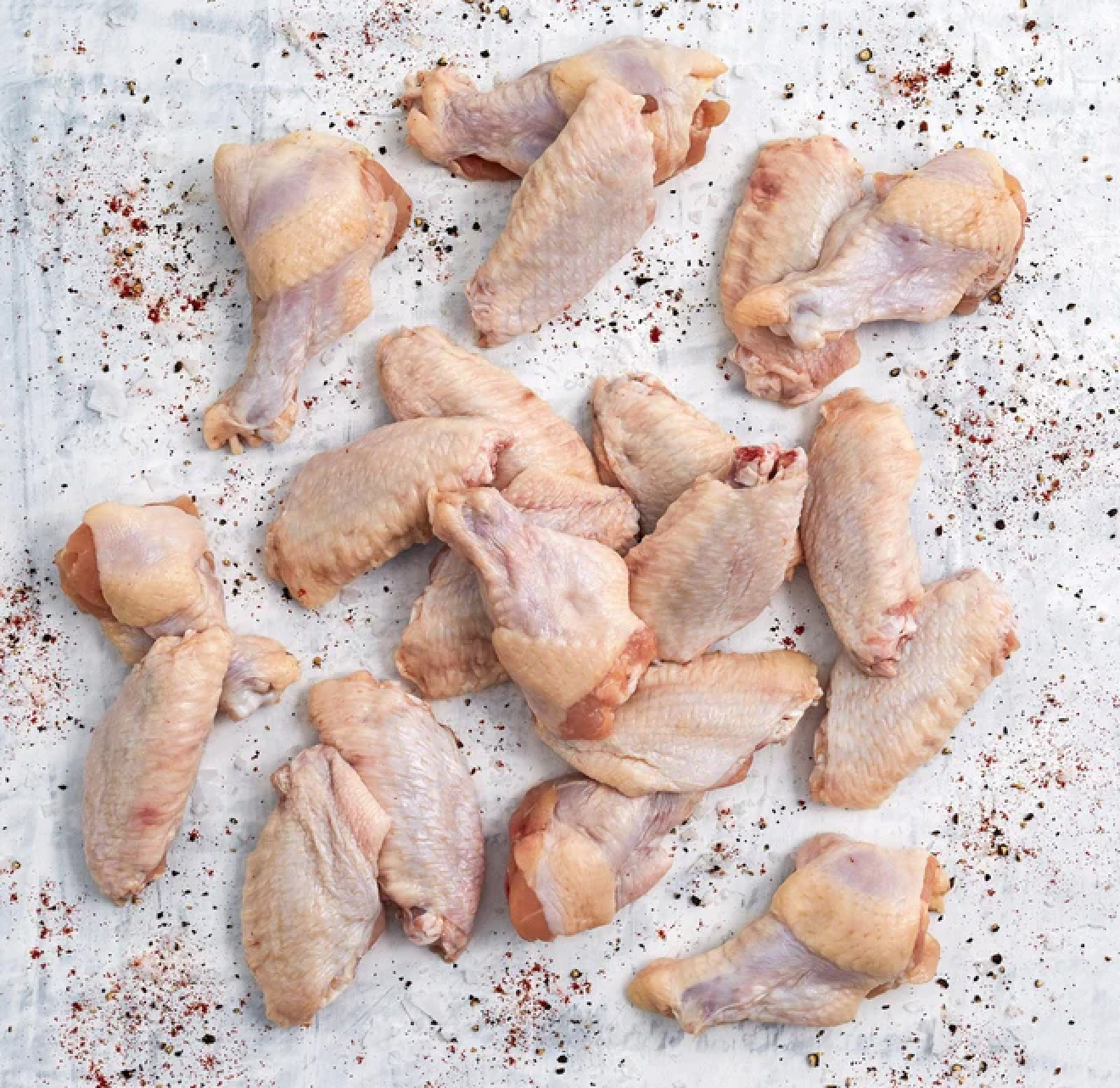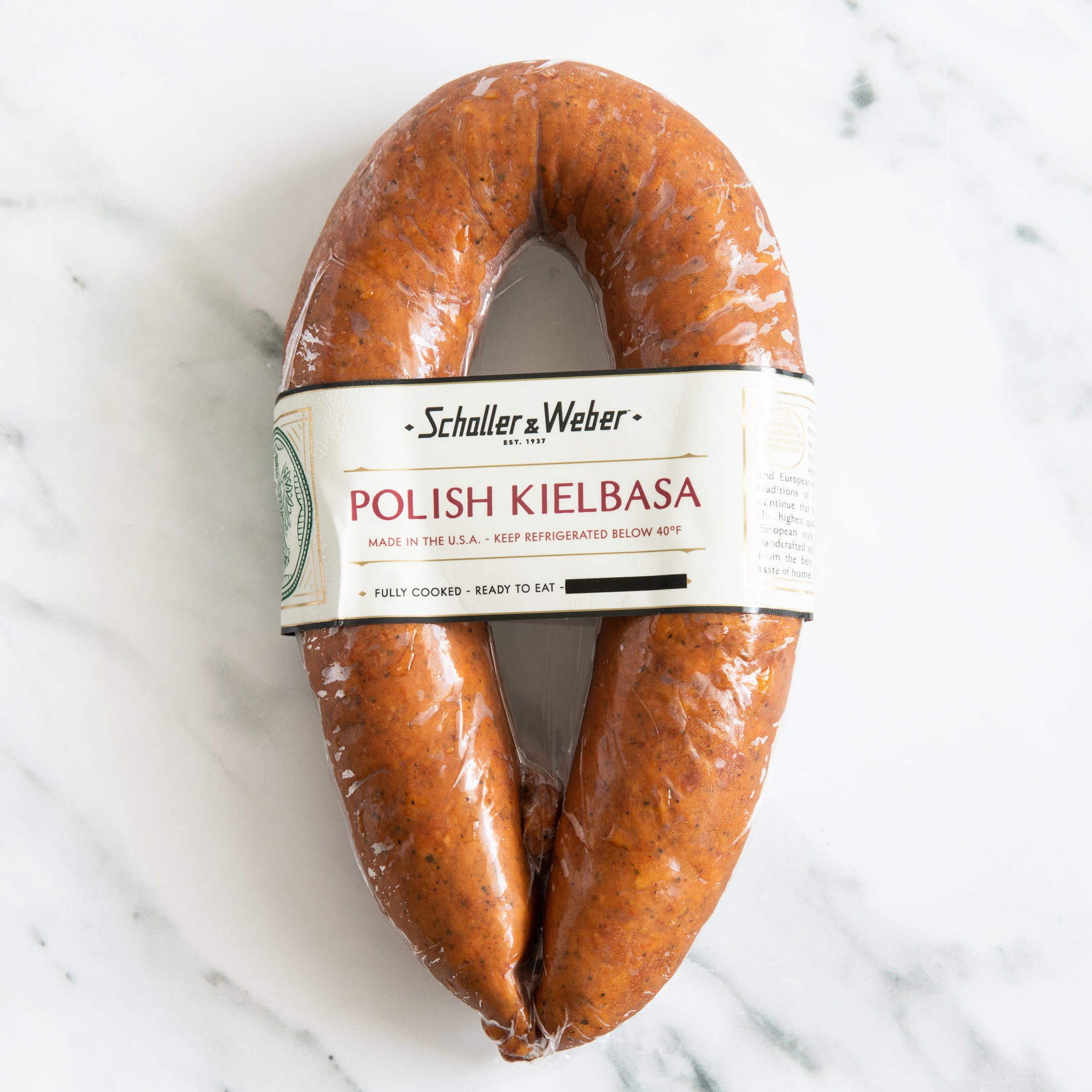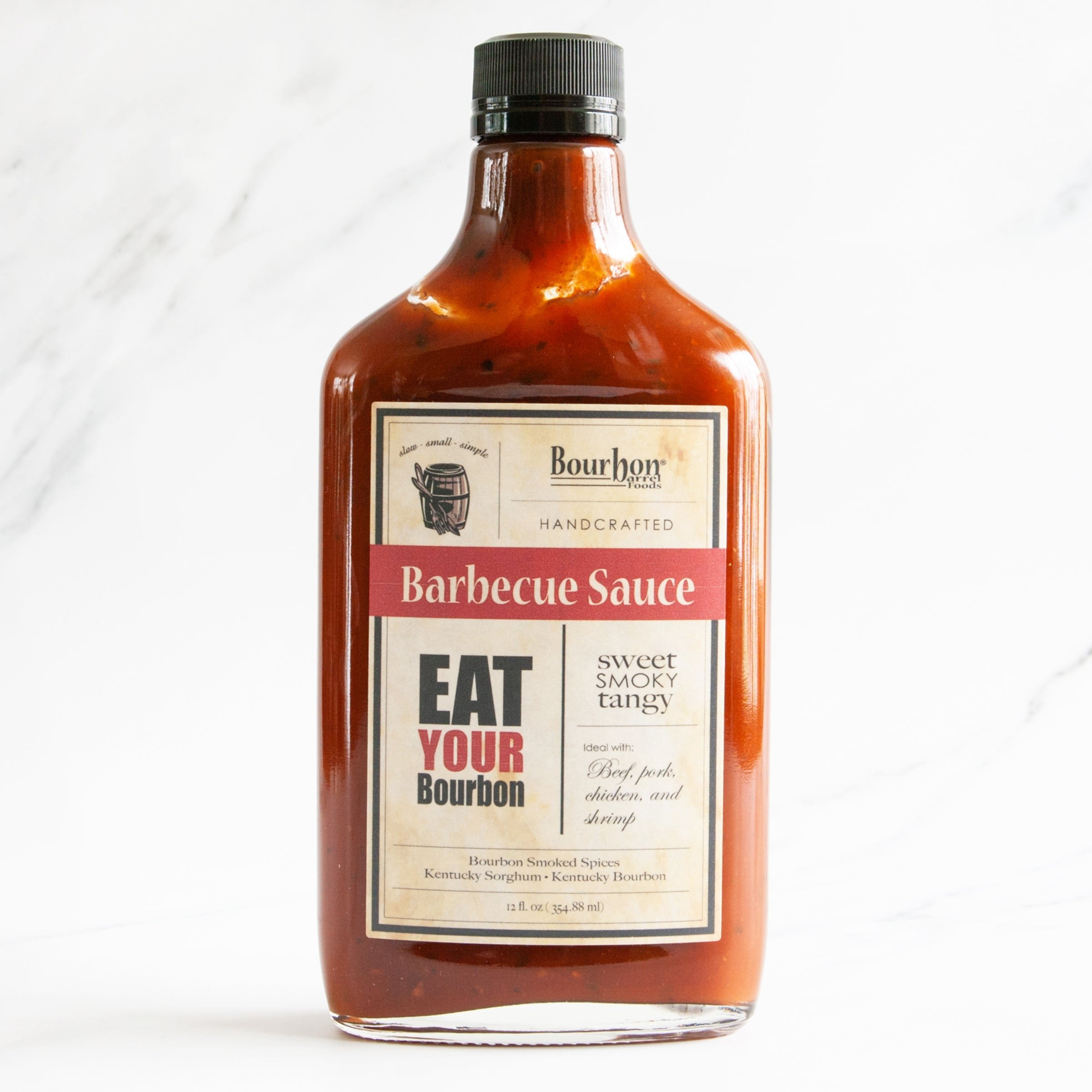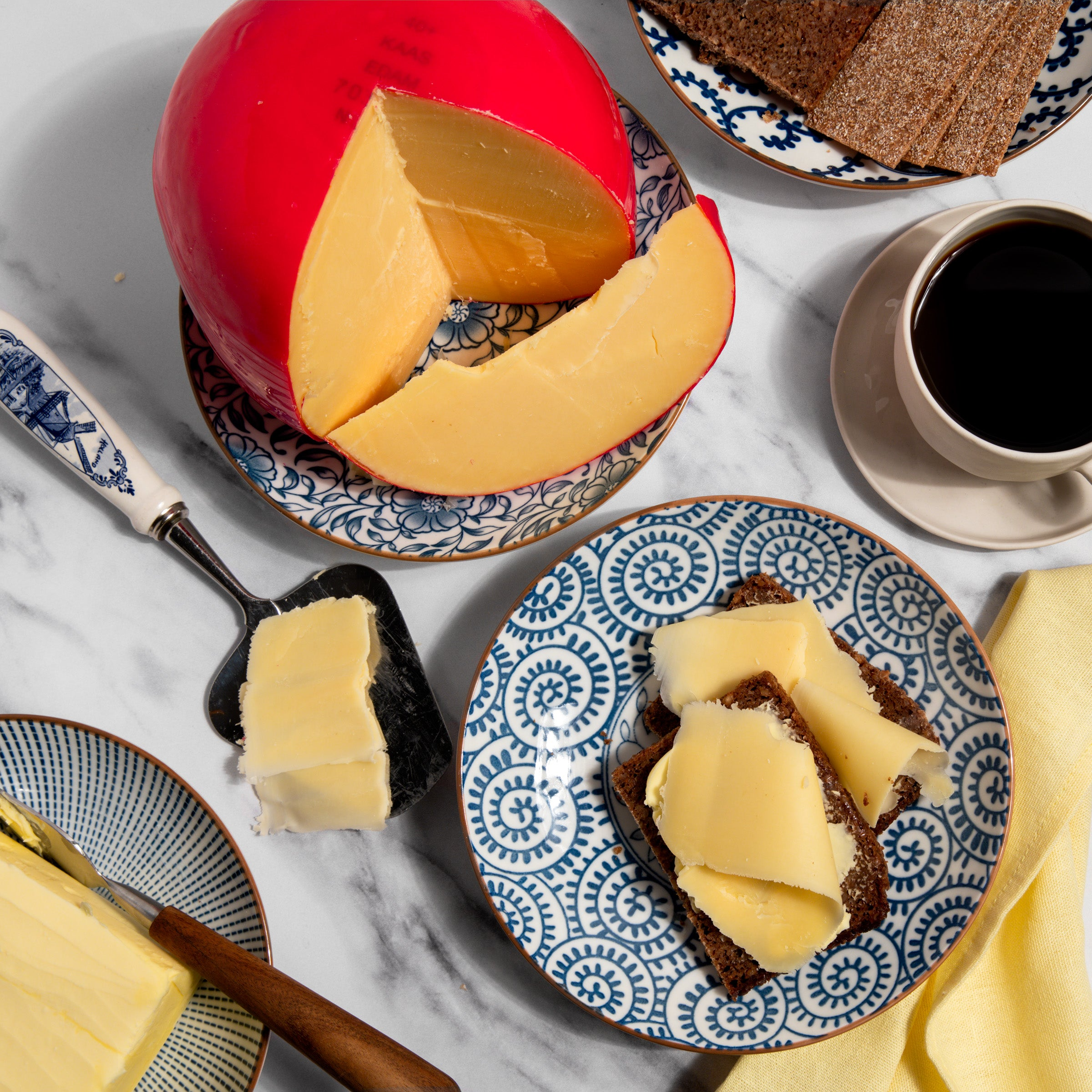Guide to Cheese Types
Washed Rind Cheese - Cheese Guide
June 12, 2019 | By Dave Mattingly
To make a Washed Rind Cheese, the cheesemaker continuously bathes the cheeses using a brine or spirit during the curing process. This prevents a hard rind from forming and washes away any mold that may naturally form as well. The wet, virgin rind is a very hospitable place for certain beneficial bacteria to take residence, lending these cheeses their famous pungent aromas. Washed Rind Cheeses are most associated with France, including French Epoisses, Pont l'Eveque and Livarot. Italian Taleggio is another famous example.
The solution for making Washed Rind Cheese is usually saltwater brine. The Washed Rind Cheese process creates some of the stinkiest cheeses in the world. Washed Rind Cheese originated in the monasteries of Europe during the Middle Ages. Monks found that washing cheese with alcohol not only protected the cheese and prevented cracking of the rind, but also created a more pungent flavor which could substitute for heartier meat dishes during times of religious fasting.
Washing cheese in an alcohol or saltwater brine continuously during the curing process allows for the development of brevibacterium linens or b-linens for short, a bacteria that inhibits mold growth, while at the same time creating a pungent aroma and flavor. Thanks to these bacteria, an orangey pinkish hue is created on the slightly sticky surface of the cheese. Types of solutions used to wash cheese include alcohol such as beer, wine, brandy such as marc (from the Burgundy region of France), or even perry (pear cider) which is used in the production of Stinking Bishop cheese.
The aromas of Washed Rind Cheeses are colorfully described as earthy, barnyardy, like stinky feet, and even mildewed laundry, but the flavors of Washed Rind cheeses are nothing like the aroma - complex and tasty with moist and supple textures. Keep in mind when selecting a Washed Rind Cheese, that strong aroma does not equate with a strong flavor. Many Washed Rind cheeses are sweet and nutty, yet mild and subtle. A Washed Rind Cheese that has no aroma should indicate that the cheese has yet to ripen. The riper the cheese the stronger the aroma. When cut into, a Washed Rind Cheese may be firm and grainy or have a smooth even paste-like texture that is oozy and runny inside. Washed Rind cheeses may hint to fruity, grassy and other well-balanced flavors. Washed-rind cheeses are typically aged at least two months and have a semi-soft to semi-firm texture. Washed Rind cheeses are best when served at room temperature.
Since Washed Rind Cheeses have well developed and complex flavors it is best to keep accompaniments to the cheese as simple as possible, such as a fresh piece of bread, fruits or nuts. Washed Rind and other full-flavored cheeses, pair well with medium to full-bodied wines, rich whites or robust reds and dark beers or ales. The aroma of a Washed Rind Cheese should be strong yet not ammoniated. Since Washed Rind Cheeses are typically very pungent in flavor, it is best to store them in airtight containers, preferably glass covered with a lid in the refrigerator, so as not to contaminate other foods. The cheese may be stored in its original wrapper or in waxed paper.
Types of Washed Rind Cheese
Epoisses: Epoisses is a Washed Rind Cheese from France that is so stinky that it has been banned from French public transportation! Epoisses is a soft unpasteurized cow's milk cheese washed marc de Bourgogne, (a local brandy from Burgundy) which is the base of its richly pungent flavor. Epoisses develops an orange-red rind and is packaged in a distinctive round wooden box. In 1991, Epoisses was granted AOC status (Appellation D'origine Contrôlée, meaning controlled designation of origin) which restricts Epoisses production to the Côte-d'Or, Haute-Marne, and Yonne regions of France using specific production methods.
Limburger: With an aroma often compared to body odor, Limburger has long been considered one of the stinkiest cheeses in the world. Limburger is a creamy, semi-soft cow’s milk cheese aged for two to three months. Limburger is commonly paired with piece of thick rye bread and a slice of onion.
Livarot: From the Normandy region of France, Livarot is characterized by its pungent and earthy aroma and the stripes of raffia paper around its rind that the keep the cheese in place during maturation. Theses straps bring to mind a colonel’s stripes which give the cheeses its nickname “The Colonel”. Runny at room temperature, this smooth, slightly spicy delicious cheese has been an Appellation d'Origine Contrôlée (AOC) cheese since 1975 which restricts Livarot's production to the Normandy region of France using specific production methods.
Pont l'Eveque: From the Normandy region of France, Pont l'Eveque has a golden crust and a soft creamy and buttery interior. One of the world's oldest Washed Rind Cheeses, packaged in a square box, Pont l'Eveque is a superb dessert cheese. Pont l'Eveque received AOC status (Appellation D'origine Contrôlée) in 1976, which restricts its production to the Pont l'Évêque region of France using specific production methods.
Stinking Bishop: A soft Washed Rind Cheese from England, Stinking Bishop is fermented in pear juice, or perry, creating an orangish-grey sticky rind and a runny interior. Often considered the stinkiest cheese in the UK, this mild cheese was named for the Stinking Bishop variety of pear from Gouchestershire, Engand.
Reblochon: Produced in France, Reblochon is made from raw cow's milk and aged in cellars or caves in the mountains. Creamy, nutty and herbal, Reblochon is rich yet mild in flavor. Reblochon received AOC (Appellation D'origine Contrôlée) status in 1958 which requires that Reblochon be produced in the Savoy mountain region of France using specific production methods.
Taleggio: From Northern Italy, Taleggio is caved aged for approximately six to ten weeks and washed regularly with saltwater, which triggers the development of a thin rosy rind and a strong pungent aroma. Tasting nothing like it smells, Tallegio is tangy and meaty yet buttery, fruit, and slightly salty. Taleggio has a creamy texture that is prefect on a piece of French crusty bread.
To find Washed Rind Cheese and the best gourmet foods and gift baskets online, begin your search at igourmet.com.






